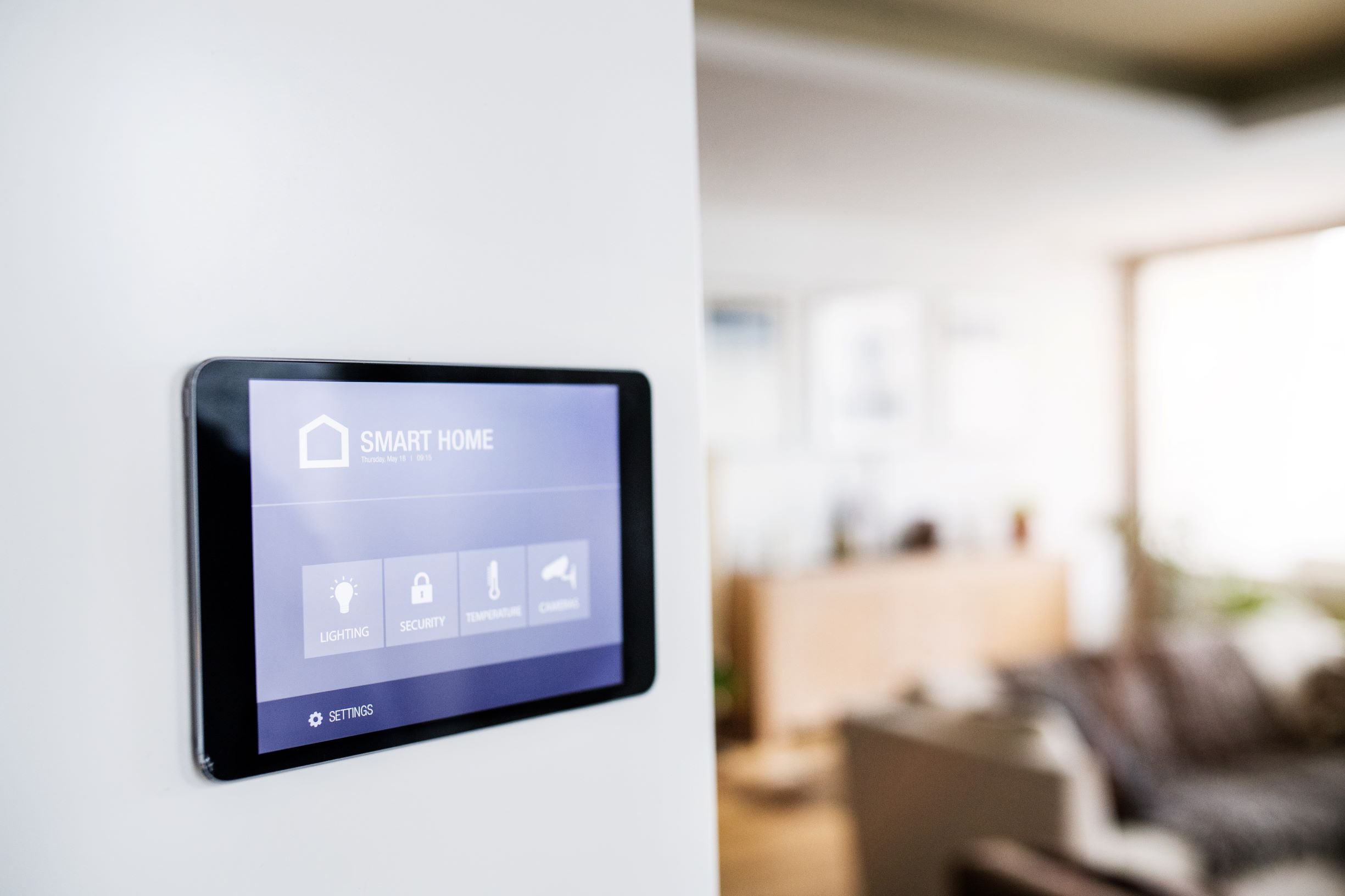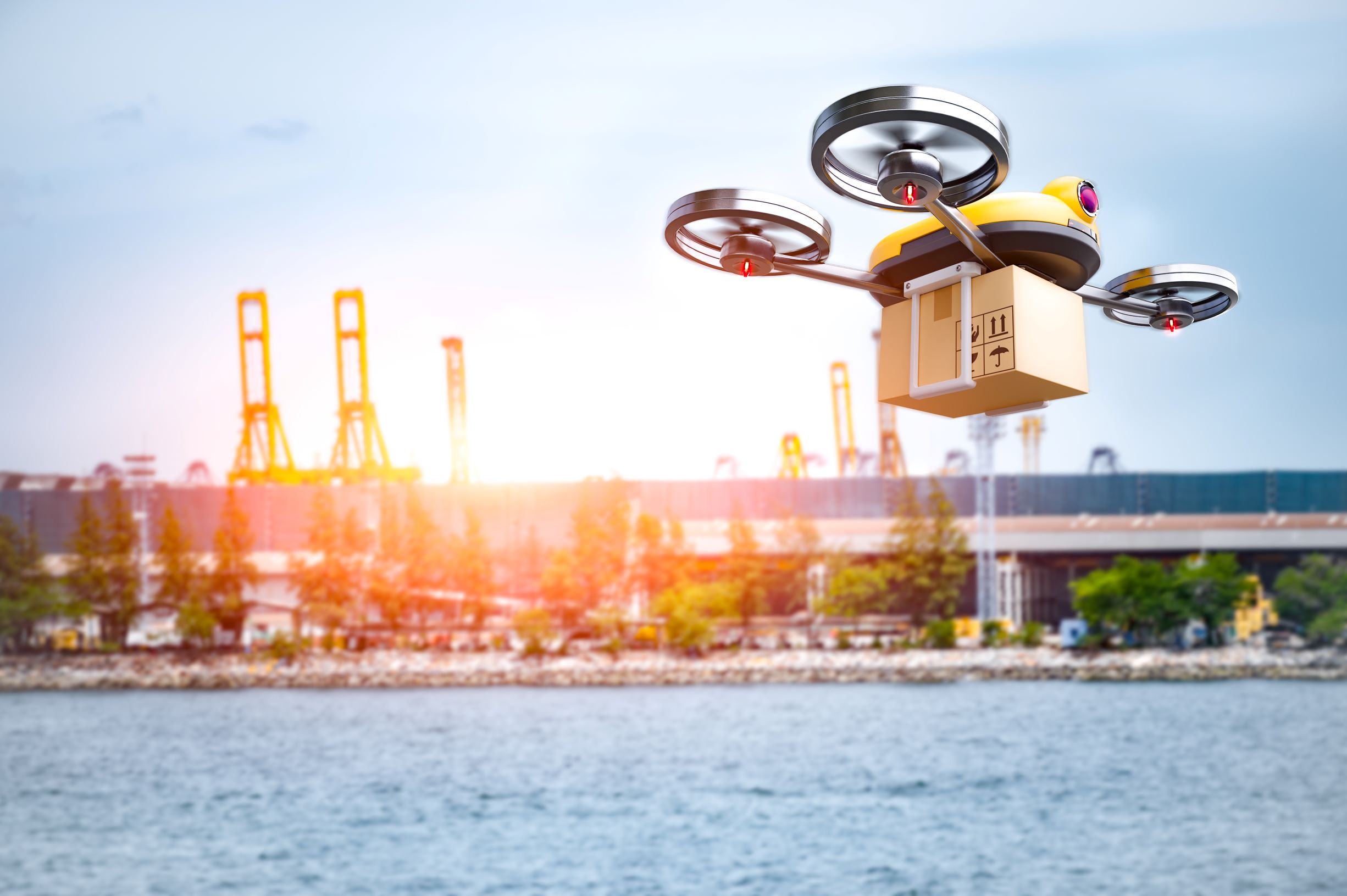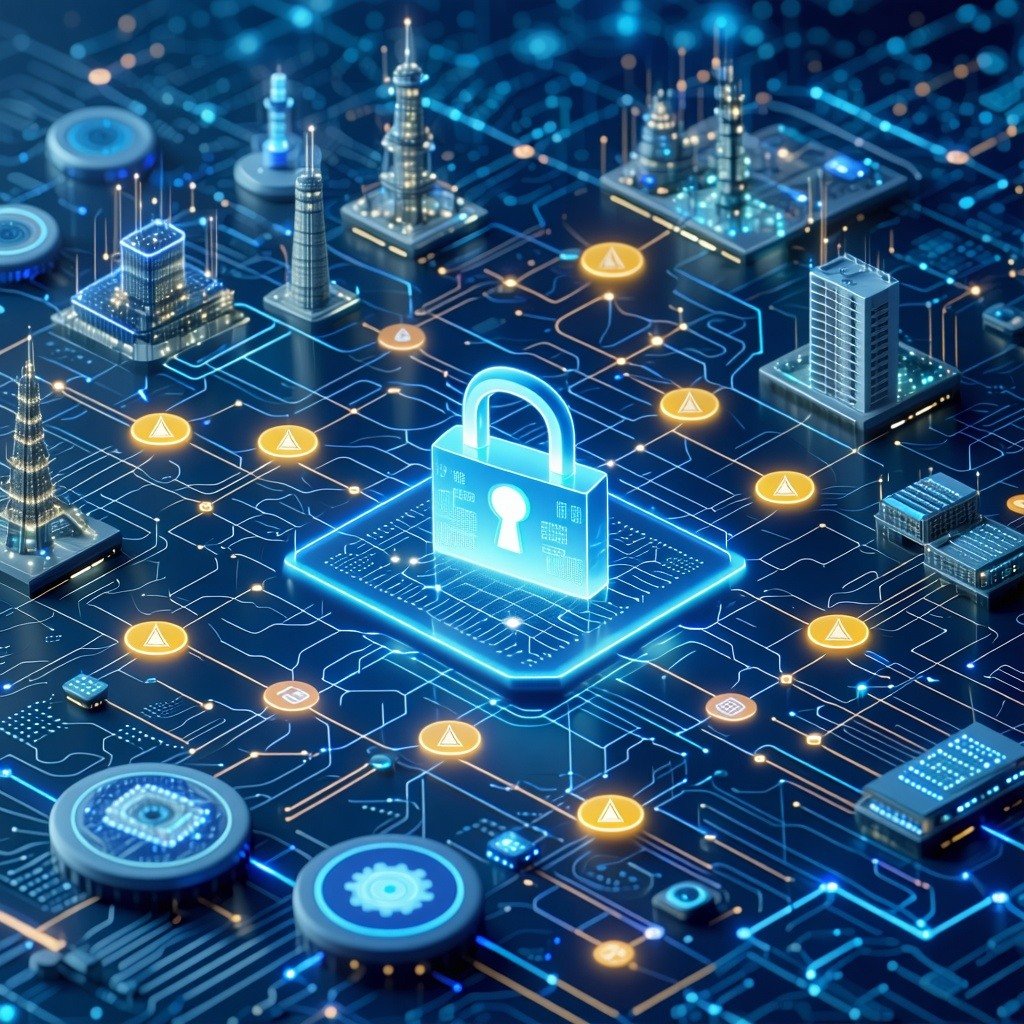Does IoT qualify as a core infrastructure in the era of Industry 4.0?

The Internet of Things (IoT) beyond just network-connected devices, such as smart watches and AI speakers, is growing as a core infrastructure in the era of Industry 4.0, represented by artificial intelligence and automation. Buildings and factories that are already connected with numerous IoT devices are transforming into smart buildings, smart factories, and even smart cities based on amazing detection and control systems.
According to market research firm Statista, the global IoT end-user solution market has grown rapidly from $100 billion in 2017 to $212 billion in 2019, and $1.6 trillion in 2025 is expected. IoT is being connected to most of the objects that consume non-living energy beyond the thing where data transactions occur, which we often call digital devices.
Enjoy the affluent life created by IoT technology
The advent of the Internet of Things era is also linked to the prosperous life of mankind. Various IoT sensors installed in the house are great transceivers for shutting off gas, extinguishing fires, or preheating cold room temperatures. Wearable devices such as smart watches monitor heartbeats and can send an emergency signal to the wearer if a problem occurs in addition to sending reminders for missed medication.
When it expands beyond personal use to businesses, society, and even national infrastructure, its activity becomes even more remarkable. IoT sensors installed in buildings can play an important part in reducing costs and preventing accidents through fire detection and energy monitoring.
Trains, tracks, and control systems equipped with IoT systems control the train operation system by judging various natural disasters or crisis situations in advance. IoT infrastructure connected with artificial intelligence leads to innovation across society.
What if agricultural drones are turned into lethal devices?
There is always one major drawback in the proliferation of IoT. The issue of security.
Due to the fact that technical standardization has not yet been reached, technologies that have not yet been verified exist, with quite a few SME products overlooking security because it is relatively easy to enter the market. In addition to this, the fixed value-based authentication identification function used by many IoT devices induces anxiety about potential information theft.

For example, drones also represent IoT devices. The case of an actual military drone being captured by the enemy is enough to raise awareness. It is true that such anxiety also deepens as drones have expanded to agriculture, industry, distribution, disaster relief, military or for hobby purposes. If a drone being used for agricultural is seized for malicious purposes and used instead to kill, the outcome could be catastrophic.
This possibility is no longer restricted to cinematic imagination
The following weak point does occur in the current drone system. Possible vulnerabilities include sending a jammer to the communication link between the drone and the ground station to make signal transmission impossible, or to obtain illegal data to take control and then command a completely different message to what was originally intended. In addition, by transmitting a signal or a forged signal that interferes with the operation of the GNSS receiver, it may deliberately cause a malfunction. The ideal solution would be to convert the signal delivered as a fixed value into a dynamic one-way code that, even if hijacked, cannot perform the same command. For example, if swIDch's OTAC technology is applied, users and devices can be identified with a single-use command code without the help of a server. In this case, it is impossible to take control.
Awareness of IoT security needs to change
One positive thing is that awareness of IoT security is improving significantly. According to market research firm Markets and Markets, the global IoT security market is expected to grow at an annual average rate of 23.9% from 12.5 billion dollars in 2019, and more than double to 36.6 billion dollars in 2025. If doubts about IoT security disappear, we can expect the IoT market to operate on a steeper upward curve.

The distributed control system (DCS) is the core of industrial automation. It synchronises critical operations in power

In the age of digital transformation, cybersecurity has become a boardroom topic across industries. But while IT

The ubiquity of Public Key Infrastructure (PKI) in securing our digital world is undeniable. From the padlock icon in
Looking to stay up-to-date with our latest news?